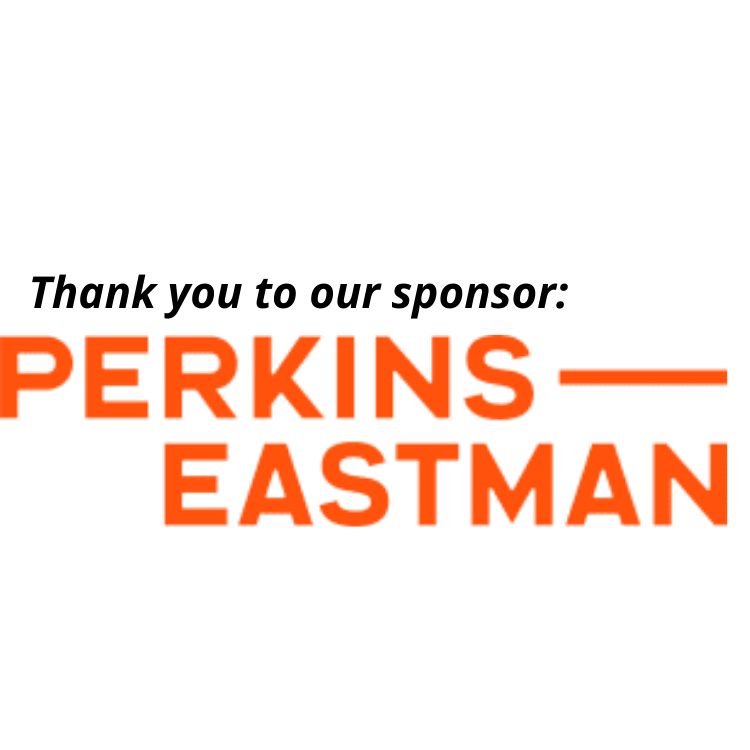Green House Design: Real Homes that Revolutionize Care
This three-part series, in partnership with Perkins Eastman, explores how physical design supports the Green House core values, what works well, and how it has worked during COVID-19.
Panelists will share their experiences, insights, and knowledge related to the model and the core values as it relates to their very own Green House homes.

Dignity, Privacy, and Choice
Speakers:From Willow Ridge Mennonite Home Communities, Bluffton, Ohio, Heather Clum, director of nursing, and Jessica Guerro will serve on a panel moderated by Lee Pelligrino, associate principal, Perkins Eastman.
All-private rooms set Green House homes apart from most nursing home environments. It is the most personal and individualized place in the house. There are important features to this building block of the home, but just as in the shared areas of the house, the role of the Shahbaz is paramount to the wellbeing of each resident. This session examines how Shahbazim support dignity, privacy, and choice in Green House homes through the following topics:
- Vestibule – Medication, documentation, supplies, coats, purses, and mobility devices
- Bedroom – Resident control, including lighting, temperature, and views; technology; visitors; therapy; and lifts
- Bathroom – The balance of resident autonomy with resident safety and resident and staff storage features, including floor drains and grab bars
- Insights from COVID-19 – Ceiling lifts and better infection control, personal protection equipment, and sanitization; and individual, mechanically controlled air distribution

Shared Experiences

Speakers: From St. John’s Penfield Green House Homes, Rochester, N.Y., Jen DiSalvo, director of nursing, and Polly Bolland, administrator, will serve on a panel moderated by Jerry Walleck, principal at Perkins Eastman.
Green House homes are built upon the principle of creating real home. The spaces where life happens in our own homes are the same spaces where life happens in a Green House home. A Shahbaz is an important ingredient in bringing the home to life with shared experiences, meaning, and authenticity. This session will explore how shared experiences are created in Green House homes through the following topics:
- Living Room – Waiting for and entertaining visitors; resident interaction with family, staff, and each other; resident personalization; and other activities, such as sitting by the fireplace and reading
- Dining Room – Convivium, coffee, and a newspaper; games and activities; and staff work areas
- Kitchen – Residents’ visibility; comfort; meal preparation sounds and aromas; resident engagement and therapy; and Shahbazim roles versus traditional staff models
- Den – Resident choice and alternatives; small group programming and activities, including television viewing; staff meetings and care planning; private family visitation and overnight guests
- Porches – Connections to exterior environments with families, visitors, or staff
- Staff Engagement – GHP heroes during the pandemic, staff culture on sites with legacy nursing homes, visitation, and staff spaces
The first webinar launched on April 6. Click HERE to watch a recording of it.
Community Connections

Speakers: From The Woodlands at John Knox Village, Pompano Beach, Fla., Mark Rayner, administrator, and Rachel Graham, chief dietitian, educator, and guide, will serve on a panel moderated by David Hoglund, principal at Perkins Eastman.
The experience of Green House starts well before the home’s front door. The design of each Green House campus offers a variety of opportunities to create community and promote social connectedness outside of the home. This session will examine how Green House creates community connections through the following topics:
- Community – Outdoor spaces, clubhouse, and shared clinical space
- Approach – The front porch versus an elevator lobby, pedestrian versus vehicular traffic, first impressions, identity, outdoor resident spaces, and storage
- Entrance – Front door etiquette for visitors and staff, the entrance hall versus a vestibule, the coat closet, resident engagement, and staff responsibility
- Delivery – Mail, food, linens, supplies, and trash disposal
- Insights from COVID-19 – Important boundaries, drop-off zones, personal protective equipment and sanitization, telehealth, and grocery delivery

